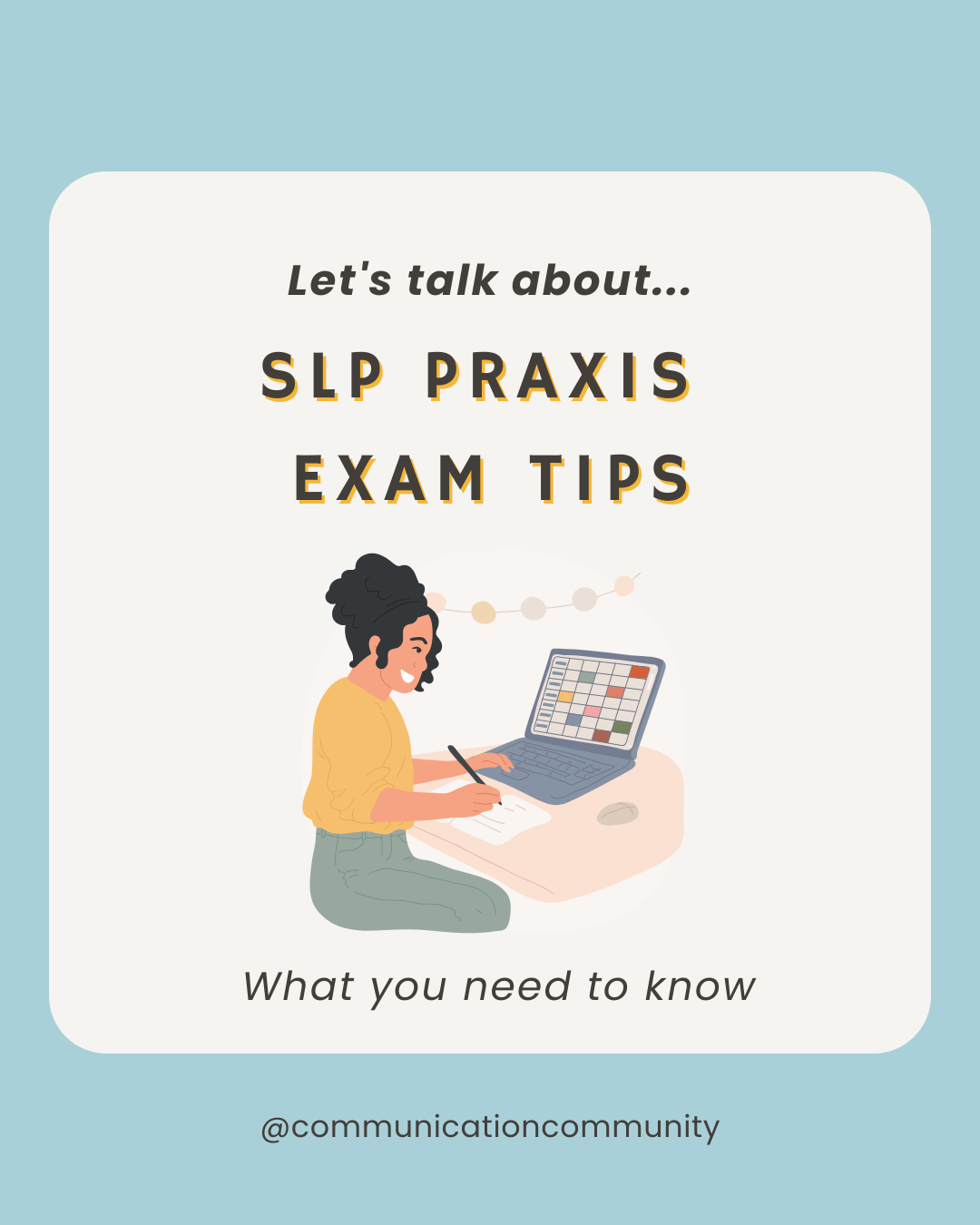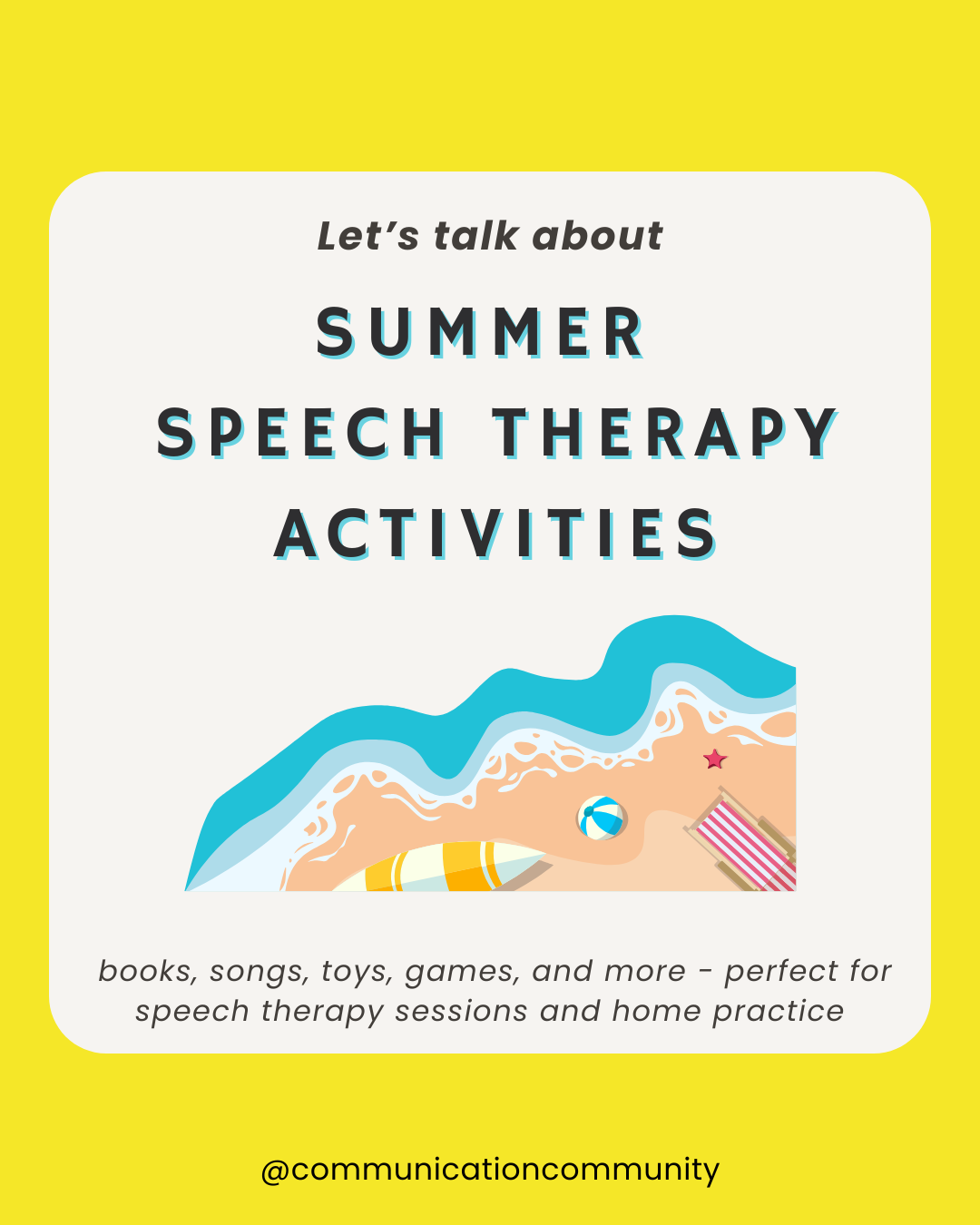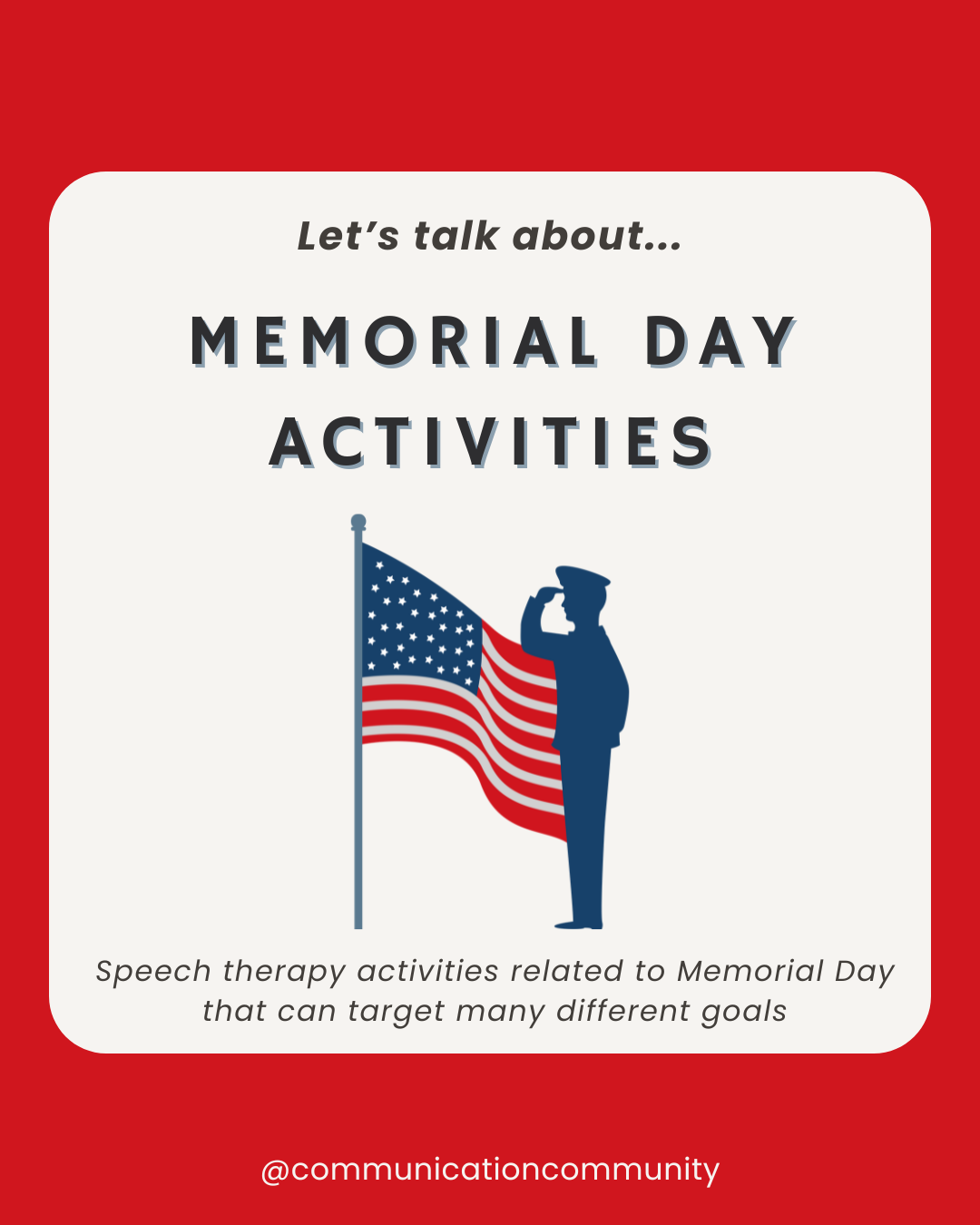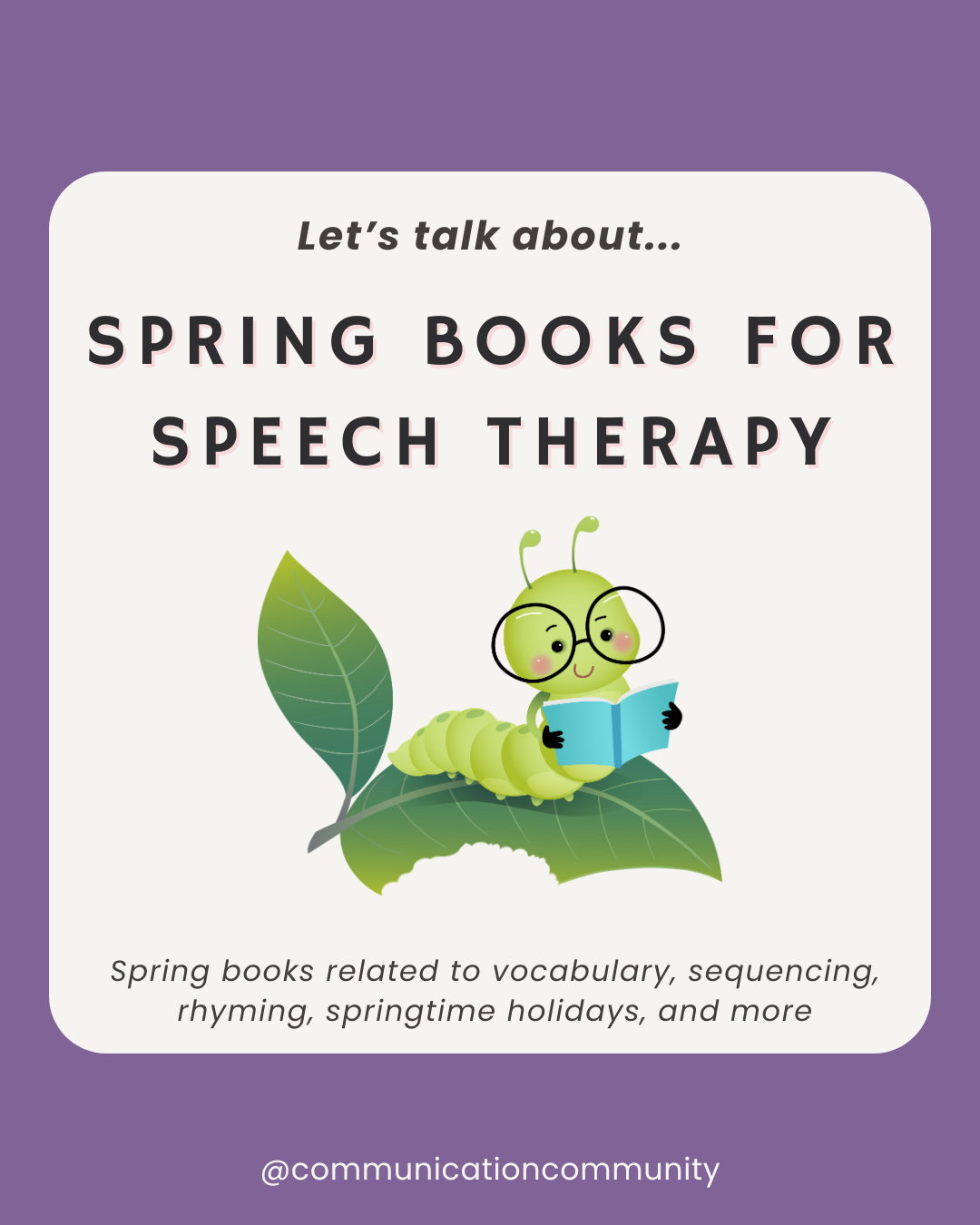How to Target Wh- Questions
In previous blog posts, we’ve covered how to target wh- questions in depth. These questions ask WHO, WHAT, WHERE, WHEN, and WHY, and are commonly targeted in the classroom and speech therapy sessions. These types of questions are among the most common across day-to-day interactions, so knowing how to answer WH- words/types of questions are important for effective communication.
Wh- Question Hierarchy
Generally speaking, who, where, and what questions are easier to understand as compared to when and why questions. Because of this, we recommend working on these types of questions first before moving on to the more complex wh- questions, when and why.
Simple Wh- Question Activities for Fall
Fall tends to be a busy and fun season. Many people are back to school, participating in fall sports, enjoying fall treats, and getting prepped for the fall holidays! In this activity, we have composed short stories that explicitly target one type of wh- question. Repetition can be beneficial for individuals who are learning these skills. We then wrote stories that incorporate who, where, and what questions. You can download four of them for free with the option to purchase all 20!
How to Use These Activities
We recommend reviewing the differences between wh- words before completing the activity. We like to begin this task by presenting a visual, which is also included in the downloads.
This activity can vary depending on skill level. For example, some individuals may answer the questions using one word but you may encourage others to answer in short phrases or sentences. Providing sentence stems or carrier phrases for answers, such as, “It is ___,” or “in the ___” can serve as a form of prompting as well. Some individuals may benefit from options, such as, “Did they go ___ or ___?” Individuals can answer verbally or in writing.
These activities are appropriate for individuals who use AAC systems as well! Depending on their vocabulary systems, you may choose to modify questions or answers as you see best.
After reading the paragraph and answering questions, you may engage in additional reinforcement activities, such as having individuals retell the story or draw a picture about it.
Feel free to customize the stories as well; if there is a particular pumpkin patch or grocery store in your area, use the name of that instead of the generic “pumpkin patch” location!
Access the FREE Resource Here
You can also get it on Teachers Pay Teachers.
Access the COMPLETE Resource Here
You can also get it on Teachers Pay Teachers.

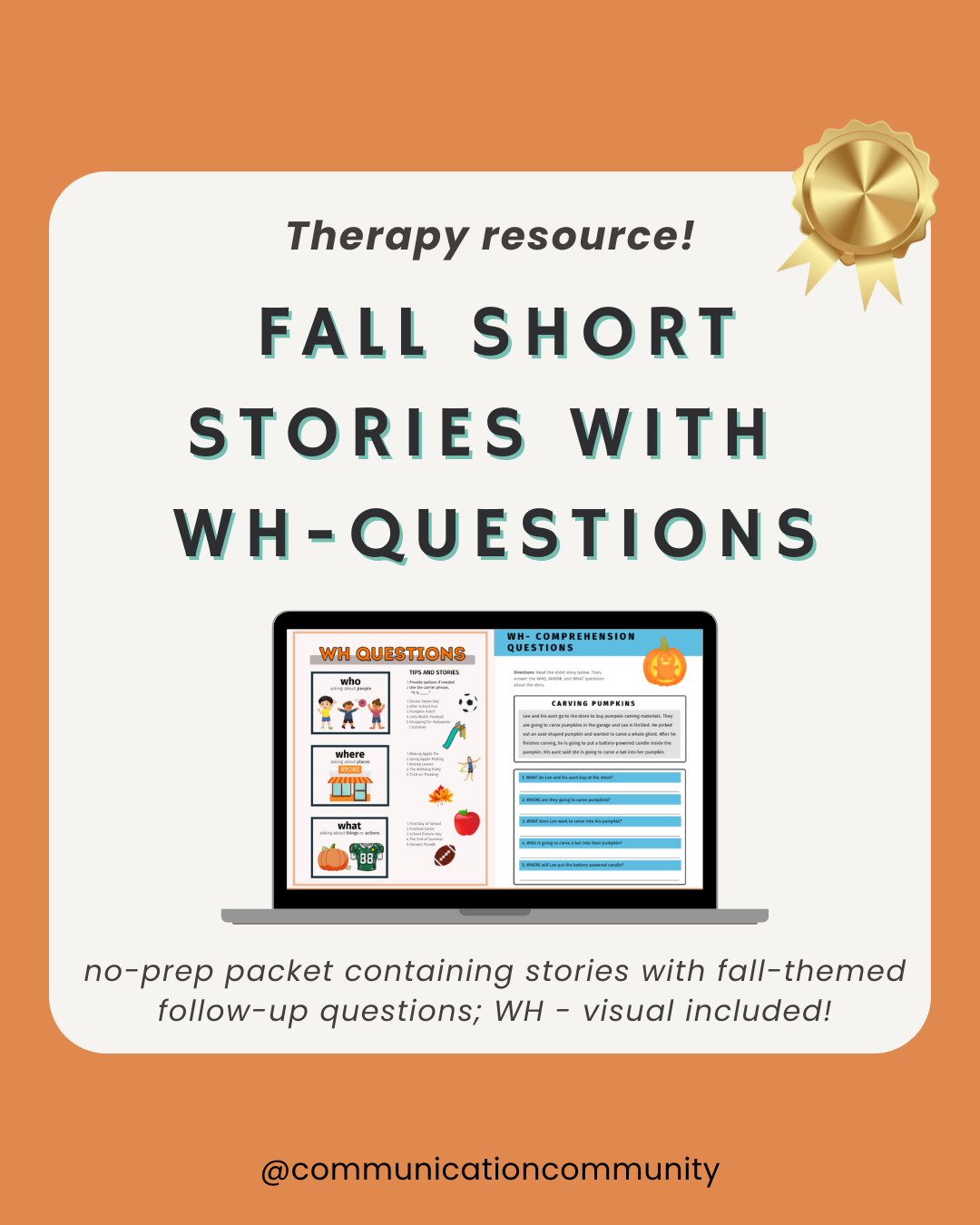
![How to Write Apraxia Goals [with goal bank]](https://www.communicationcommunity.com/content/images/2024/07/Apraxia-Goals--1-.png)
